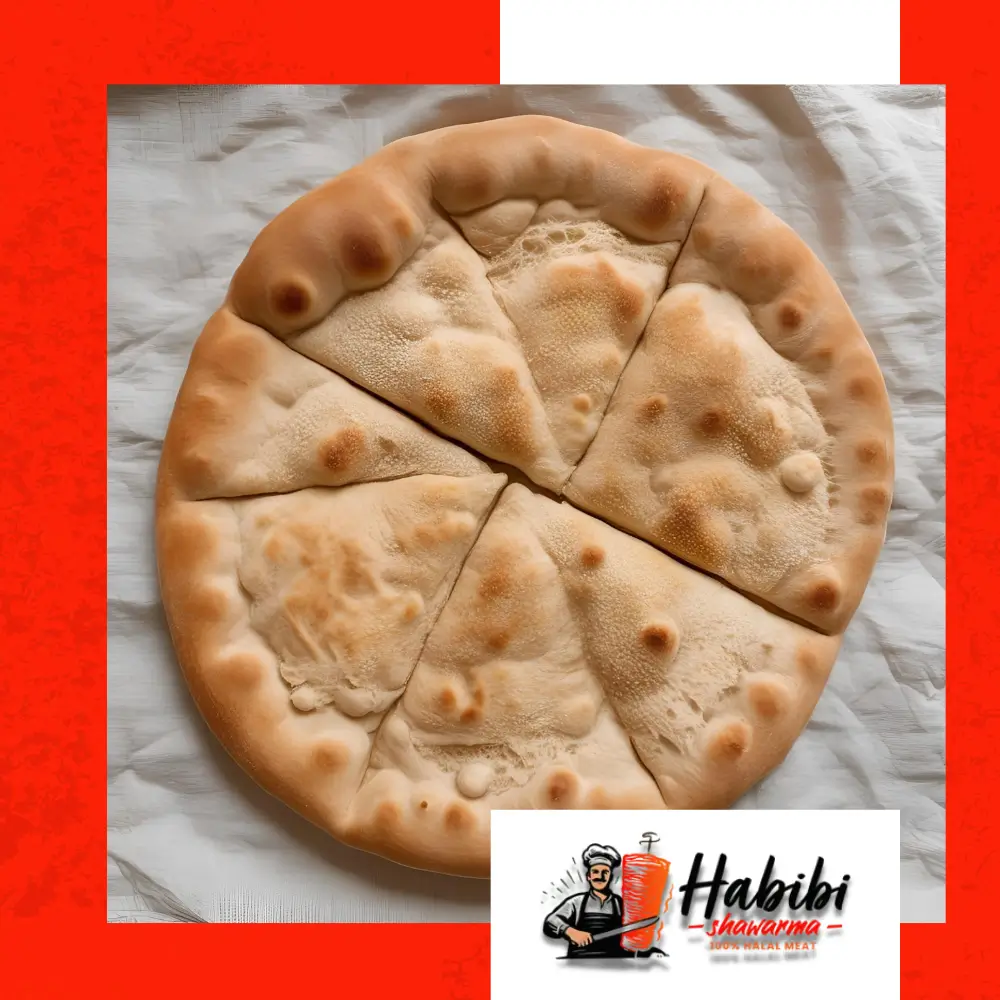The Rise of Pita Bread: Economic and Social Drivers in Middle
from web site
Eastern History
Pita bread has long been a symbol of nourishment, tradition, and practicality in Middle Eastern cuisine. But its rise from simple flatbread to cultural cornerstone didn’t happen by accident—it was driven by a powerful combination of economic needs, agricultural practices, and social customs that spanned ancient civilizations.
From early wheat cultivation to the bustling trade networks of the Levant, pita's popularity was deeply intertwined with the economic systems and social fabric of the Middle East. In this article, we’ll explore how pita bread not only filled stomachs but also helped shape societies.
A Flatbread Born of Necessity and Innovation
At its core, pita bread is a simple mix of wheat flour, water, yeast, and salt. Its defining characteristic—the air pocket—emerges naturally when the dough is baked at high temperatures. This clever feature turned pita into more than just bread; it became a practical food carrier, ideal for wrapping, stuffing, and scooping.
Its simplicity, speed of preparation, and versatility made it a smart culinary solution in a region where resources had to be stretched to meet the demands of family and community life. But pita’s practicality is only half the story.
Wheat: The Economic Backbone of Pita’s Rise
The success of pita bread was inextricably linked to the spread of wheat agriculture. In the Fertile Crescent—spanning modern-day Iraq, Syria, Lebanon, Jordan, and Palestine—wheat was among the earliest domesticated crops. This region became the epicenter of early agricultural economies, with wheat as both a food and a commodity.
Because pita could be made with minimal fuel and ingredients, it was a natural match for societies built around grain-based trade. In ancient towns and villages, bakers and farmers were closely tied, and local economies often revolved around grain storage, milling, and baking.
Pita Bread in the Marketplace
In ancient Middle Eastern cities like Jerusalem, Damascus, and Cairo, pita bread was a staple sold daily in open-air markets and bazaars. Its affordability and shelf life made it a preferred option for both peasants and tradesmen.
-
Vendors sold it fresh from clay ovens
-
Households bartered with it or used it to accompany meals for laborers
-
Travelers and caravans carried pita on long journeys due to its portability
As urbanization increased, so did the commercial production of pita bread, creating opportunities for bakers and boosting local economies.
The Social Role of Pita in Daily Life
Economics aside, pita bread also played a vital role in the social structure of Middle Eastern society. In homes across all classes, bread—especially pita—was not only a daily staple but a symbol of life, family, and tradition.
-
In rural homes, women would gather to knead and bake large quantities of pita for the week.
-
In wealthier households, pita was served alongside elaborate dishes as part of formal meals.
-
In religious communities, bread often held sacred significance, shared during holidays and rituals.
Breaking bread together—particularly fresh, warm pita—was a deeply social act that strengthened kinship, hospitality, and community bonds.
Trade, Migration, and Cultural Diffusion
As empires expanded and trade routes developed—from the Silk Road to Mediterranean sea routes—so did the spread of pita bread. Traders, merchants, and nomads carried not only spices and textiles, but also culinary knowledge, allowing pita and other forms of flatbread to reach North Africa, the Arabian Peninsula, and even parts of Europe and Asia.
In each new region, pita was adapted to local ingredients and customs. Some versions became thinner, others fluffier or filled. Yet, across cultures, the heart of pita bread’s function remained the same: to deliver sustenance in a simple, satisfying form.
Resilience in Times of Scarcity
One of the key reasons pita bread maintained its dominance throughout history was its resilience. In times of drought, war, or poverty, when food supplies were limited, pita remained accessible due to its minimal ingredient list and low production cost.
Whether in crowded city markets or nomadic desert camps, pita bread provided reliable calories and kept communities nourished during uncertain times.

